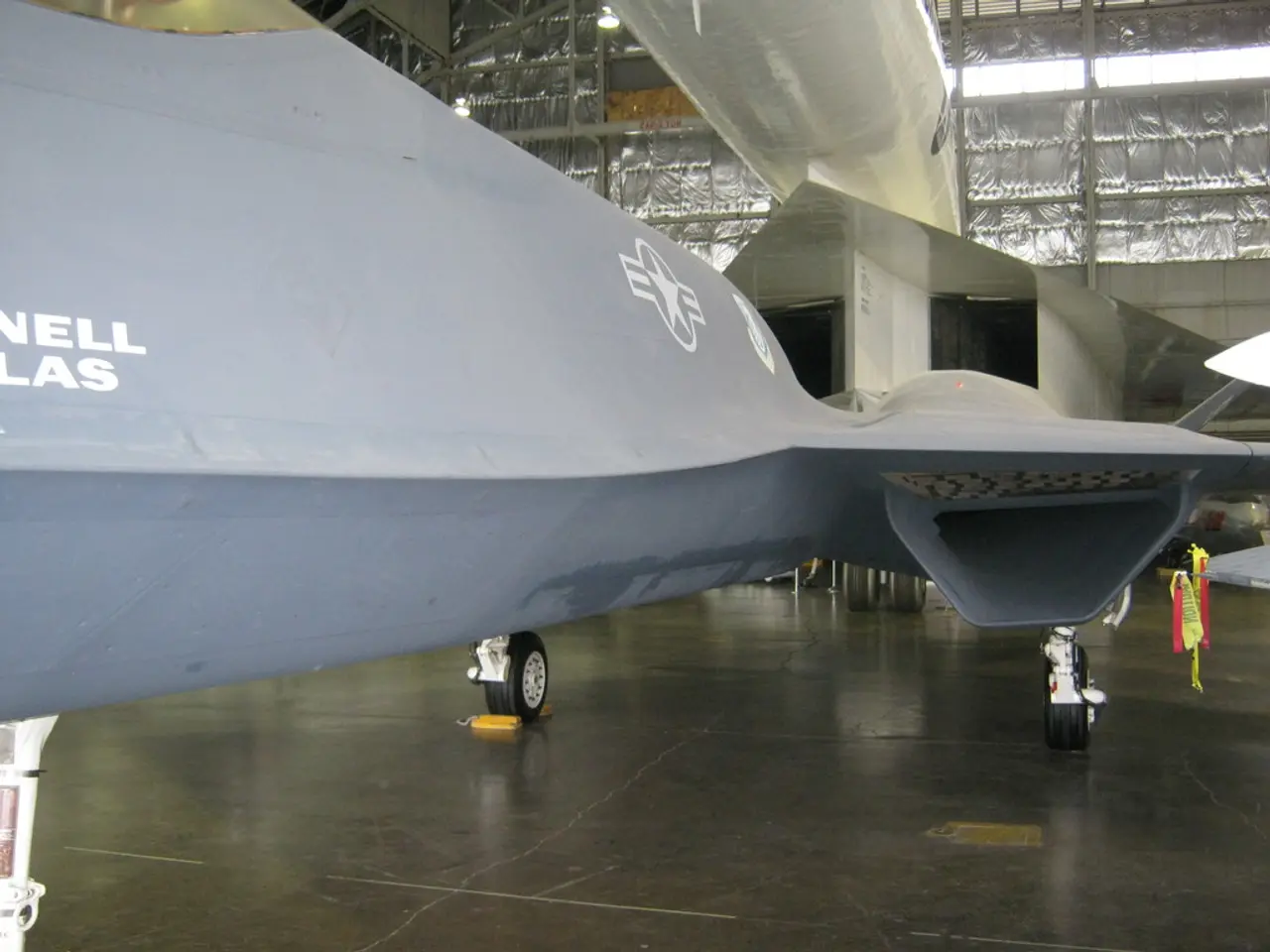Chinese Corporation Developing Large Commercial Aircraft, Named C919
The Commercial Aircraft Corporation of China (COMAC) has seen a significant milestone with the COMAC C919, a single-aisle, narrow-body commercial passenger jet, entering commercial service in China. The aircraft, designed to meet the growing demand for air travel, has been operating for about two years, primarily with major Chinese airlines like Air China and China Eastern, serving various domestic routes.
As of May 2025, approximately 19 C919 aircraft are in operation, accumulating over 1,000 orders, demonstrating strong domestic demand. China, with its massive aviation market, accounts for one-fifth of global demand, making it a prime market for the C919.
The C919 boasts advanced technology, including fly-by-wire systems, state-of-the-art avionics, and lightweight composite materials, enhancing its efficiency and providing pilots with better situational awareness and improved safety. The aircraft also features a spacious and comfortable cabin, with wider seats, larger overhead bins, and larger windows, aiming to make air travel more enjoyable for passengers.
The C919 has a range of up to 4,075 kilometers, making it competitive with other popular single-aisle jets such as the Airbus A320 and the Boeing 737. However, its global impact is currently limited due to certification delays and geopolitical challenges.
The C919 is certified by China's Civil Aviation Administration but lacks certification from the European Union Aviation Safety Agency (EASA) and the US Federal Aviation Administration (FAA). This restriction limits its ability to operate widely outside of China and restricts global demand. EASA certification is expected to be delayed until between 2028 and 2030, while FAA certification is unlikely before 2027.
Securing these certifications is crucial to enhancing the aircraft’s credibility and attractiveness, especially in markets like Africa and Europe. In Africa, the C919 could offer airlines fleet diversification and potentially improve efficiency and costs. Some international carriers, such as the Irish budget airline Ryanair, have expressed interest in the C919, contingent on it being significantly cheaper than Airbus aircraft.
The C919's competition in the global market is fierce, as it directly competes with Boeing 737 and Airbus A320 models. Success in this segment could alter the dynamics of the narrow-body aircraft market traditionally dominated by Boeing and Airbus.
The C919 program positively affects aerospace suppliers, including GE, Safran, and Thales, which are involved in engine and avionics components. However, China's development of indigenous engines (CJ-1000A) poses both an opportunity and a challenge for these partners.
In conclusion, while the COMAC C919 has achieved important domestic commercial use and is gaining momentum, its global impact is currently limited by certification delays and geopolitical challenges. Its expansion into international markets depends largely on overcoming these hurdles, which, if achieved, could position the C919 as a key competitor in the global single-aisle aircraft segment.
The COMAC C919's entry into global markets could be propelled by securing certifications from the European Union Aviation Safety Agency (EASA) and the US Federal Aviation Administration (FAA), potentially making it an attractive option for airlines in Africa and Europe. The aircraft's success in the global market, alongside indigenous engine development, could shake up the rather monopolized narrow-body aircraft market dominated by Airbus and Boeing.
Thales, GE, and Safran, being aerospace suppliers involved in engine and avionics components for the C919, may experience significant impact as their partnership with COMAC influences the dynamics of the industry and finance, given the competition presented by China's effort to develop indigenous engines (CJ-1000A).








